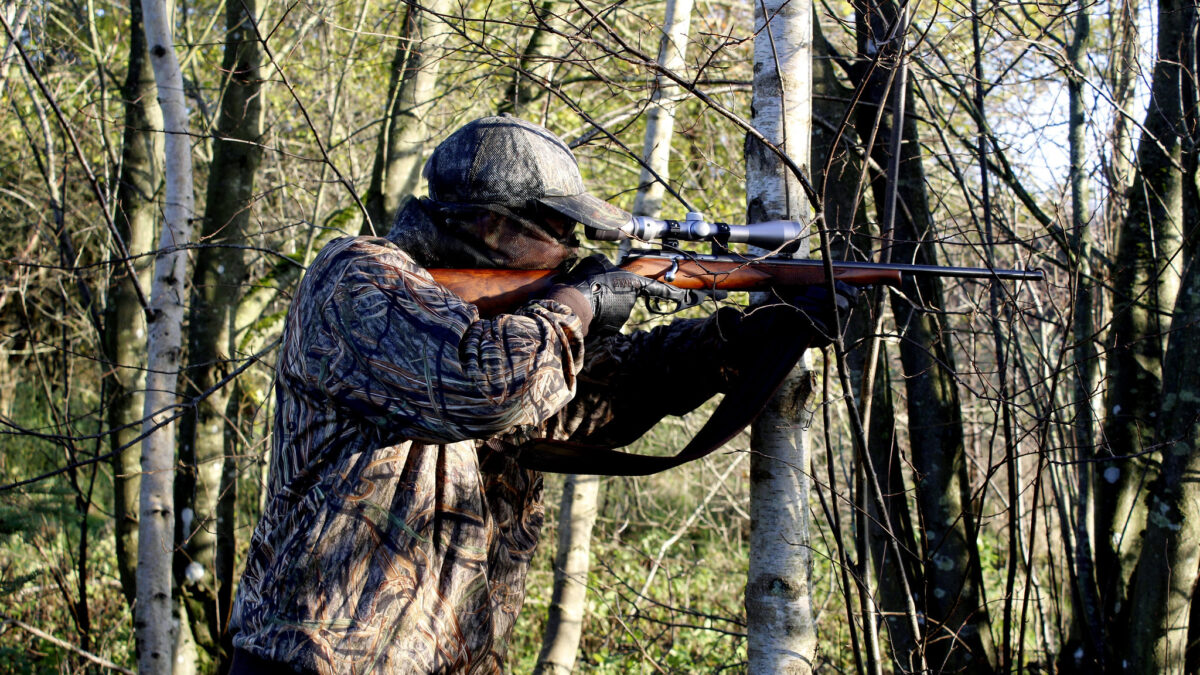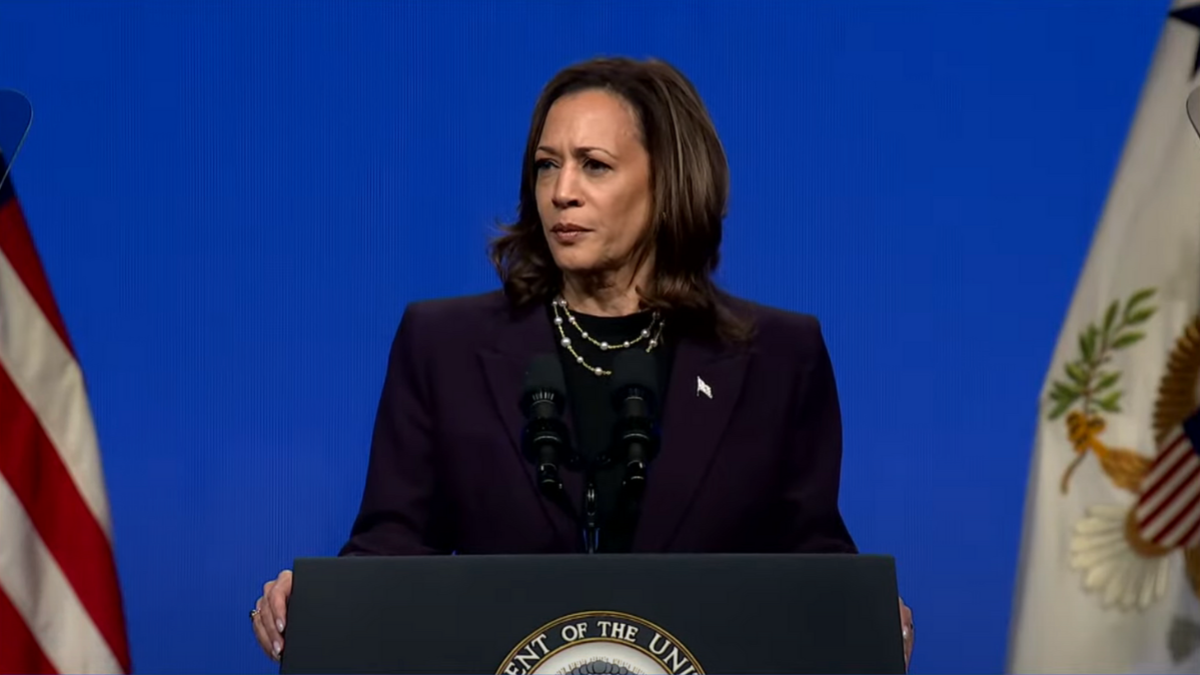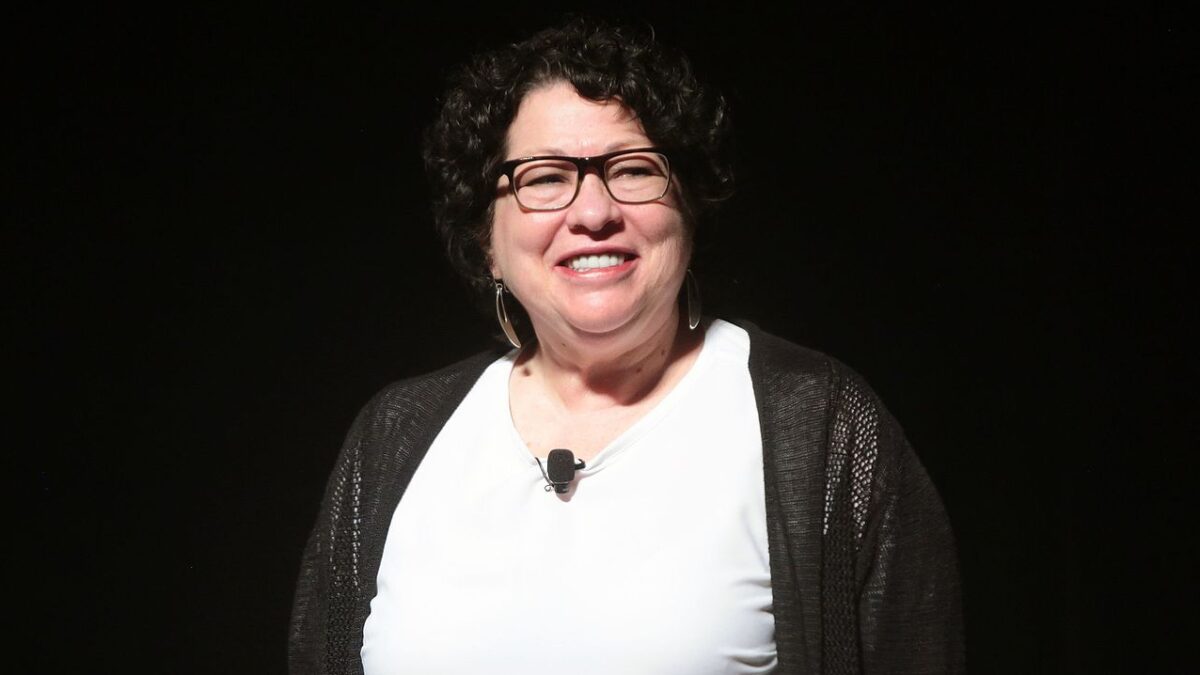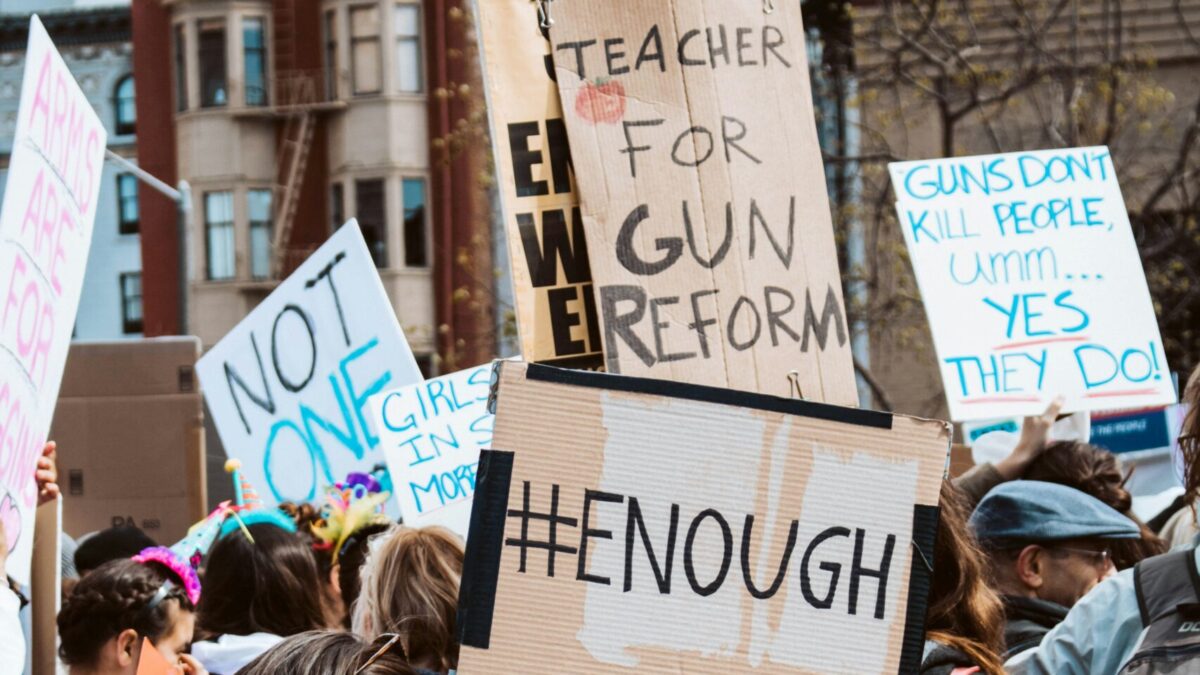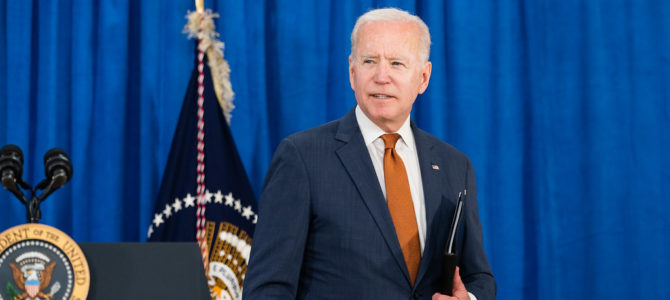
Last week, asked what he planned to do about crime, Joe Biden said “I’m the only guy that ever got passed legislation, when I was a senator, to make sure we eliminated assault weapons. The idea (that) you need a weapon that can have the ability to fire 20, 30, 40, 50, 120 shots from that weapon, whether it’s a nine-millimeter pistol or whether it’s a rifle, is ridiculous. I’m continuing to push to eliminate the sale of those things.” Any gun can fire 20 shots, of course, and Biden has never been articulate, so it would be fair to assume that he meant “fire 20 shots without reloading.”
Online, a disagreement about what Biden meant ensued between House Republicans and PolitiFact. But before getting into that, three things should be noted. First, as has often been the case during his political career, in this instance Biden lied. The legislation Biden bragged about—Sen. Dianne Feinstein’s, D-California, gun and magazine “ban” of 1994-2004, imposed as part of Biden’s 1994 crime bill—didn’t “eliminate” any guns.
The “ban” didn’t apply to the possession of guns already owned. On paper, it banned the importation of semi-automatic firearms it defined as “assault weapons,” but the Bureau of Alcohol, Tobacco, Firearms and Explosives (BATFE) had already done that in 1989, as ordered by President George H. W. Bush, with the blessing of Bush’s “drug czar,” Bill Bennett.
Feinstein’s ban applied to the manufacture of such firearms, but unintentionally allowed manufacturers to keep making the firearms in modified form. As a result, during the “ban,” Americans bought almost three-quarters of a million newly made AR-15s, and no telling how many rifles of similar orientation.
Six months after the “ban” took effect, in a CBS “60 Minutes” segment titled “What Assault Weapons Ban?,” reporter Lesley Stahl called 1994 “the best year for the sales of assault weapons ever.” Frustrated, Feinstein told Stahl, “There is no question that I would have preferred to see an outright ban on the possession of semi-automatic assault weapons in America” and “if I could have gotten 51 votes in the Senate of the United States for an outright ban, picking up every one of them, Mr. and Mrs. America turn them all in, I would have done it. I could not do that. The votes weren’t there.”
Second, since 1989, Democrats’ federal gun- and magazine-ban legislation, the first of which was introduced by purported communist Sen. Howard Metzenbaum, D-Ohio, and Sen. Dennis DeConcini, D-Arizona, has defined such magazines as any that can hold 11 or more rounds of ammunition. Therefore Biden was trying to mislead, saying he wanted to ban guns that can fire “20” or more shots.
Third, while firearms that Democrats call “assault weapons” are used in only 2-3 percent of murders (compared to about 30 percent of murders without firearms of any type), no use of a gun in crime is grounds for banning it, because the right to keep and bear arms is constitutionally protected and, as the Supreme Court said in District of Columbia v. Heller (2008), “the enshrinement of constitutional rights necessarily takes certain policy choices off the table.”
Besides, as the late Jeff Cooper, considered the founder of the modern defensive handgun technique, said in “The Art Of The Rifle,” rifles “may be used by evil men for evil purposes, but there are more good men than evil, and while the latter cannot be persuaded to the path of righteousness by propaganda, they can certainly be corrected by good men with rifles.”
While there is nothing in the legislative history of the Second Amendment to support Heller’s claim that the right to arms includes only such arms as are “in common use” for legitimate purposes, AR-15s, comparable rifles, and handguns that can use magazines that hold 11 or more rounds are the firearms most in common use for such purposes today. For example, the U.S. Court of Appeals for the 4th Circuit, in Kolbe v. Hogan (2017), said “in 2012, the number of AR- and AK-style weapons . . . was more than double the number of Ford F-150 trucks sold, the most commonly sold vehicle in the United States.”
However, for the record, violent crime, which began declining several years before Feinstein’s “ban” was imposed, continued to decline as purchases of those firearms in particular, and firearms generally, increased. And since the “ban” expired in 2004, Americans have bought millions more AR-15s, comparable rifles, semi-automatic pistols, and hundreds of millions of magazines that hold 11 or more rounds for those firearms. Also, until Democrat officials stopped prosecuting rioters and began defunding police departments, the U.S. murder rate had declined.
Who’s Right About What Biden Meant?
In response to Biden’s statement, House Republicans, overlooking that Biden said he supported banning rifles that can fire 20 or more shots, said on Twitter, “Biden says he wants to ban handguns.” “Handguns” could be interpreted as meaning “some handguns” or “all handguns,” so PolitiFact assumed the latter and said Republicans’ claim was “false.” It added, “Biden doesn’t want to ban handguns, Biden wants to ban assault weapons and high-capacity magazines. . . . The most popular handguns would face no restrictions under Biden’s policies.”
Adding to the confusion, two conservative websites quoted Biden without including his first sentence, with which, it could be argued, he put the remainder of his statement in the context of “assault weapons.” Both websites, like the Republicans, ignored Biden’s claim relative to banning rifles.
PolitiFact was particularly wrong in claiming Biden’s policies would have no effect on the most popular handguns. The most popular handguns today are those that use detachable magazines, detachable magazines are integral parts of firearms designed to use them (like a gas tank is to a car), firearms that can use detachable magazines can use ones of any size, magazines of 11 rounds or more are made for most of them, and magazines of 20 rounds are made for many of them.
It’s Not News That Democrats Want to Ban Guns and Magazines
In the 1800s, Democrats imposed state laws designed to prevent blacks from being armed. In 1934, a Democrat Congress and President Franklin D. Roosevelt (who threatened to pack the Supreme Court and threw Japanese-Americans in internment camps) imposed the National Firearms Act. In 1968, a Democrat Congress and President Lyndon B. Johnson (who campaigned for universal gun registration and gun owner licensing) imposed the Gun Control Act, which, among other things, prohibited a firearm dealer from selling a handgun to a young adult, prohibited a dealer from selling a handgun to a resident of another state, and limited the importation of firearms to those the BATFE considers “generally recognized as particularly suitable for or readily adaptable to sporting purposes” (emphasis added).
In 1974, thinking they had momentum and seeing the opportunity to rake in cash by sending fundraising letters to hoplophobic leftists, anti-gun activists formed the National Coalition to Ban Handguns and the National Council to Control Handguns (NCCH, later renamed Handgun Control, Inc., or HCI). In 1975, NCCH called for “a ban on the manufacture, sale, and importation of all handguns and handgun ammunition,” and in 1976 advocated a law “to make the possession of all handguns and all handgun ammunition . . . totally illegal.”
Into the 1980s, both groups campaigned in particular for a ban on compact handguns which, at the time, typically held six or fewer rounds of ammunition. Sen. Edward Kennedy, D-Massachusetts, of Chappaquiddick infamy, and Rep. Peter Rodino, D-New Jersey, introduced the necessary legislation.
In 1991, a future president of HCI told the New York Assembly’s Committee on Codes, “There is no reason why a legitimate gun owner needs to have a clip (sic) capable of holding more than six rounds, and thus I would suggest the banning of clips (sic) that hold more than six rounds.” Coupled with a ban on compact handguns holding six rounds or fewer, a ban on magazines holding more than six rounds would have begun to look a lot like a ban on handguns.
Two years later, even six rounds was too many. In 1993, Feinstein told the Senate, “I intend to add an amendment that would exempt semi-automatic bolt action (sic) shotguns and bona fide hunting rifles whose clips (sic) don’t exceed three rounds.”
Since Democrats have worked toward civilian disarmament for more than a century, Biden’s latest comment about banning guns and magazines should come as no surprise.


